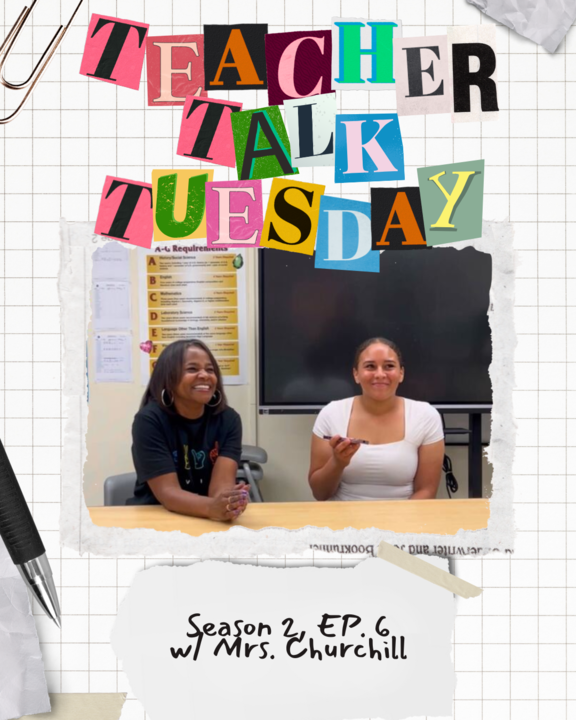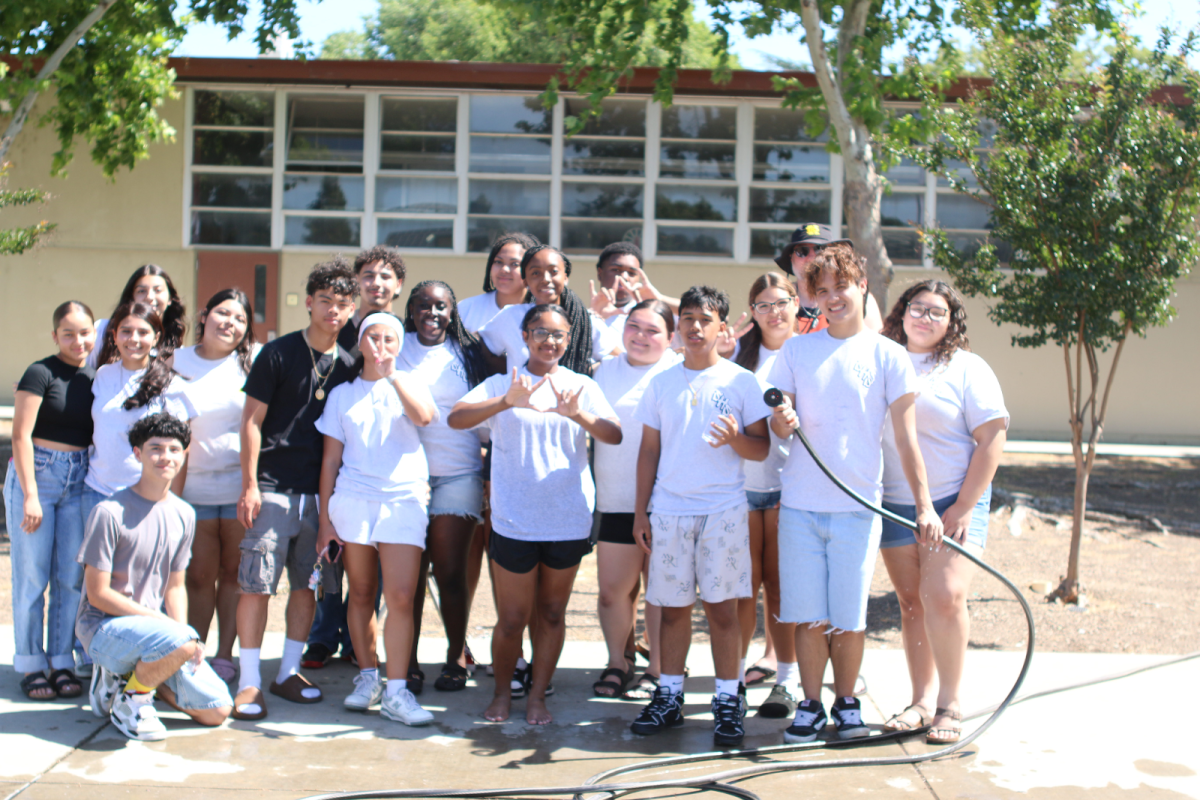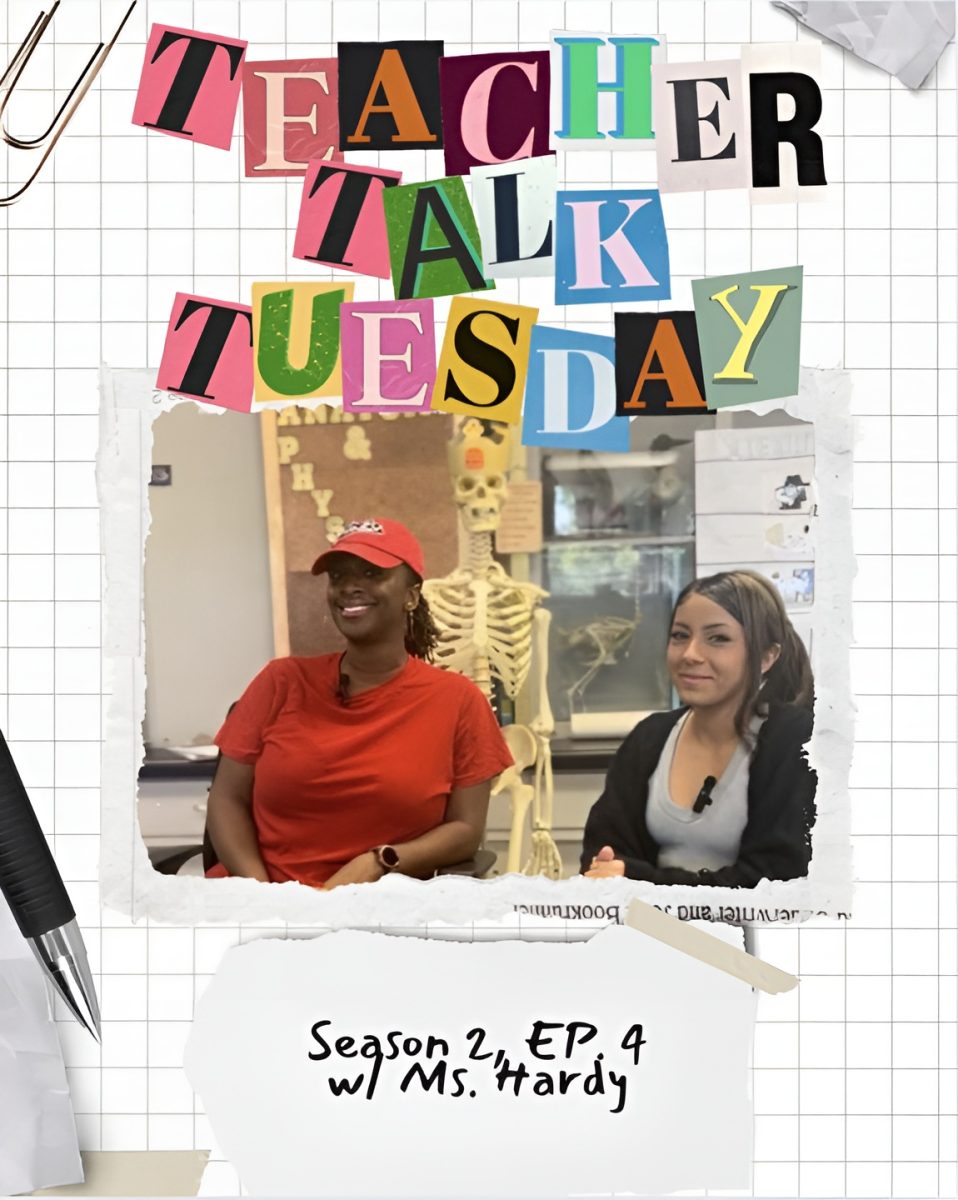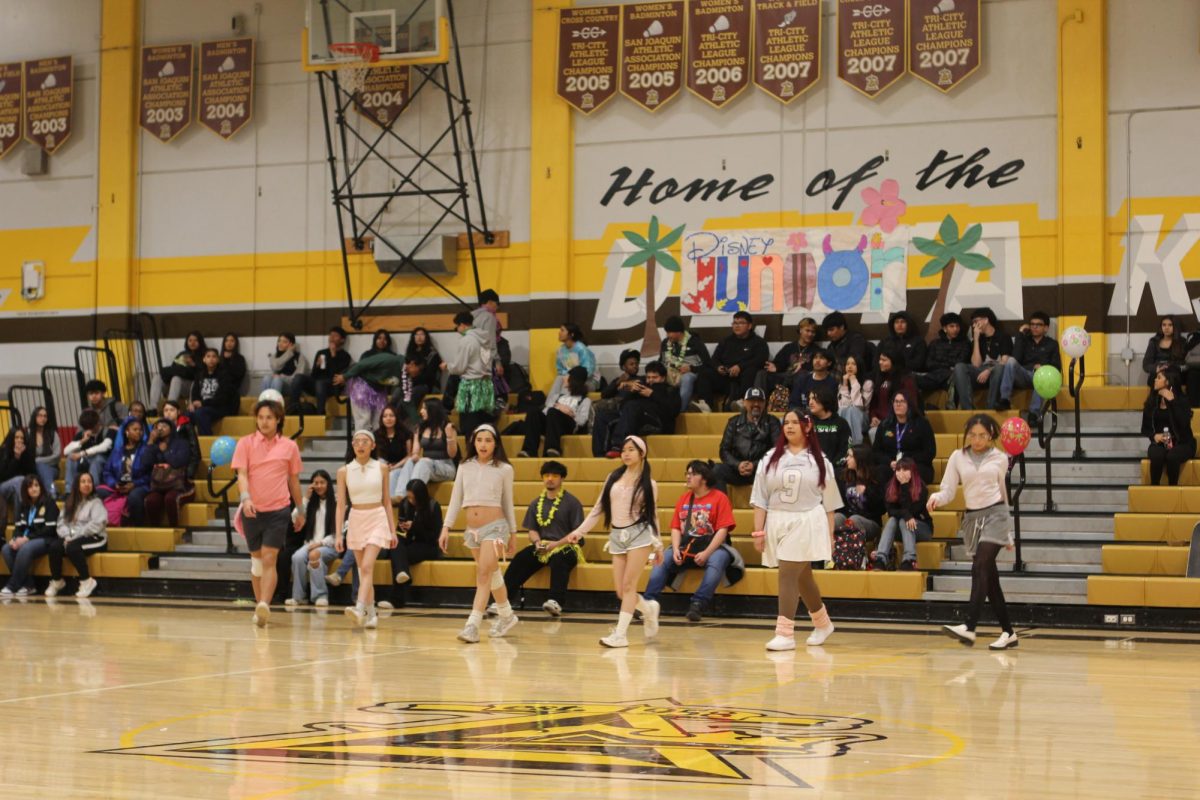In a large dance room sits a boy and a drum. He plays loudly, stick in both hands with a solemn look on his face, focused on never breaking rhythm. Grown men dance to the beat, feet moving in perfect synchronization with the pound of the drum. Little boys mimic them, off beat with big smiles on their faces. The drum goes faster and faster and in three powerful pounds it stops. Everyone in the room stops, breaking concentration and relaxing after an intense dance session. The boy lets out a big groan, gets some water and takes a break until they start up again. This is the routine of junior Kealii Cavero Hu four times a week at the California Hula Center.
Kealii has been drumming for Tahitian dancers for six months now. He plays the bass drum along with his fellow Tahitian drummers. Being Hawaiian, the dancing is native to his culture. “It’s like a link back to my past.” Cavero Hu said. “It’s cool to see how my ancestors lived.”
He was introduced to it by his uncle. “I was having problems at school and I just started going with him to the practices,” he said. “It sounded really cool so I asked if I could join.” His uncle is the instructor at the Hula center and responsible for the whole operation and taught him everything he knows.
What started as a disciplinary action has become enjoyable for Cavero Hu. Since he has been drumming he has been doing better in school. “They are really strict on grades,” he said. “If they hear you have low grades you can’t drum or dance until you get them up.” Cavero Hu uses this motivation to maintain satisfactory grades to continue his drumming.
“I want to keep it in the family and become an instructor,” Cavero Hu said. “I love it and it’s something I would like to keep in the family and teach to my kids so they can teach it to their kids and keep it alive in my family.”











